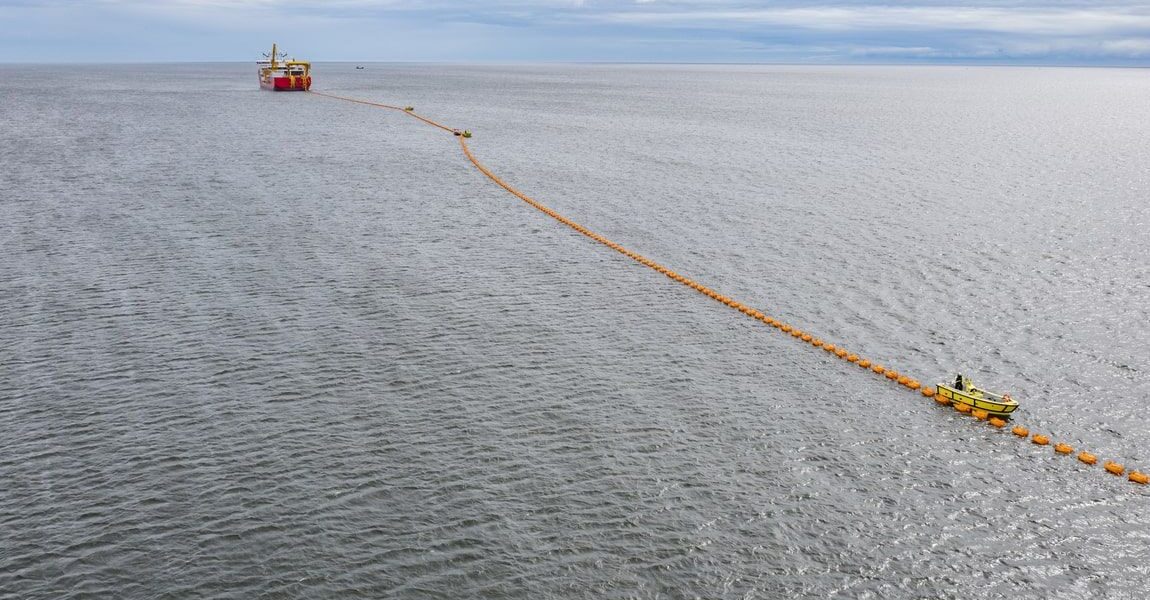Nexans Secures €1.43 Billion Contract to Build World's Longest and Deepest Energy Interconnector: EuroAsia Project to Supply Electricity to 3 Million Homes
In a remarkable milestone, Nexans has been chosen to spearhead the groundbreaking turnkey contract worth €1.43 billion for the construction of a crucial section of the EuroAsia Interconnector. This particular section will link Greece and Cyprus, as part of a broader initiative to establish interconnected electricity grids encompassing Greece, Israel, and Cyprus. The ambitious project will boast a 525kV high voltage direct current (HVDC) cable, making it the longest and deepest interconnector ever developed globally. Spanning a distance of 2x900 km, the cable will stretch across the Mediterranean Sea floor, at an astounding depth of over 3,000 meters.
To create these cutting-edge subsea HVDC Mass Impregnated cables, Nexans will leverage their top-notch manufacturing facilities located in Halden (Norway) and Futtsu (Japan). These impressive cables will then be expertly installed by Nexans' state-of-the-art cable laying vessels, named Nexans Aurora and Nexans Skagerrak.
The EuroAsia Interconnector is an instrumental project that will enable the exchange of up to 1,000 MW of electricity among the three nations involved. Furthermore, with the capability to expand to 2,000 MW, the initiative will meet the energy needs of a staggering 3 million households – equivalent to their average electricity consumption. By successfully bridging the energy gap between Europe and Asia, this groundbreaking interconnector will effectively end the energy isolation of Cyprus, cementing its status as the largest interconnector endeavor in history. It is set to light up and power over 3 million homes across the region.
The completion timeline for this massive undertaking is as follows: Pole One is expected to be fully operational by 2028, while Pole Two is projected to be completed a year later in 2029.


